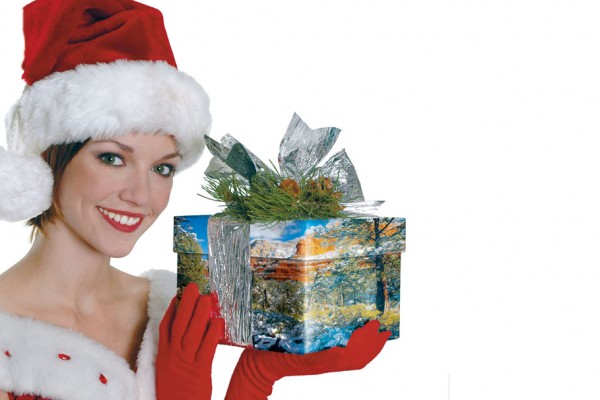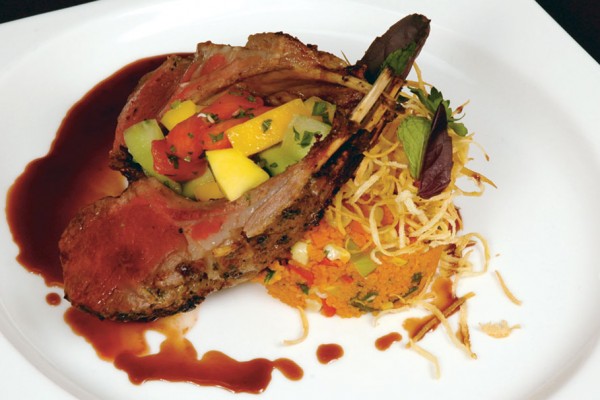Continued (page 2 of 5)
The trail begins at Hualapai Canyon, merging with Havasu Canyon at about 6.5 miles. Both are offshoots of the Grand Canyon’s western rim, and it’s hard to imagine a lush oasis anywhere near here – it feels more like hiking into a rock quarry; plant life is just a rumor.
After a series of scree-strewn switchbacks that descend over 1,000 feet, the trail levels out to become a gently sloping sandy wash with beautiful red rock walls and large boulders. Happily, the narrow walls of the wash and interesting rock outcroppings provide some much-wished-for shade; unhappily, rattlesnakes love those outcroppings too – we saw two small rattlers, one particularly annoyed at our interloping. Even in the shade, we had to slather on the sunscreen along the way – bring plenty of sun block, sunglasses and a wide-brimmed hat.
We started at a cool 5,200-ft. elevation, but the village is at about 3,200 ft. and our campground at 2,800 ft. It’s sweltering in summer; Benny reports it’s a good year when there isn’t a hiker who dies on this trail from heat exhaustion.
The scenery changes dramatically where Hualapai and Havasu Canyons meet. The red rock walls still soar above, but are joined by lush green sycamores, cottonwoods, ash, alder and wild grapevines. At our arrival, the cottonwoods are in bloom, blanketing the ground with tufts of seed. It’s here we get our first look at Havasu Creek. Havasupai means “people of the blue-green water”; I’ve visited tropical islands, and I was still awed by the turquoise-blue creek. It gets its color from a proliferation of dissolved lime, which also accounts for the banks along the creek and the natural pools around the waterfalls. Benny tells us the lime attaches to rocks, tree branches and debris to form travertine dams. The water itself comes from an underground aquifer in Havasu Canyon. The creek ambles 14 miles, crashing down in four glorious waterfalls before meeting the Colorado River.
As we hiked along the creek, I flashed back to countless trips to Disneyland as a child. The creek put me in mind of the moats surrounding the “It’s a Small World” ride – perfectly formed with crystal water and a piercing blue floor. This time, though, I wasn’t tempted to toss in a penny and make a wish.
If the creek is the moat, Supai Village is the entrance to the ride. It feels like a little step back in time – until we spy a few satellite dishes that snap us back to the now. Stray dogs roam everywhere. The tribal Web site (www.havasupaitribe.com) says there are 650 enrolled tribal members and 450 residents of the village. The sounds of the native Havasupai language fill the air as the trail leads us right past houses, corrals of pack animals, a tourist office, lodge, post office, two churches and a school where children are playing basketball on an outdoor court. We see a café and two small general stores. While the residents of the village are polite, they are not overtly friendly. It’s an odd feeling to hike right through a neighborhood where open front doors reveal moms caring for their children. The Havasupai have an uneasy history with the U.S. government and a feeling of resentment hangs in the air. When the reservation was created in 1882, people who had roamed thousands of miles on the plateau and in the canyon were confined to 518 acres. Finally, in 1975, Congress allocated 185,000 acres back to the tribe.
To enter the reservation you must have a permit ($30 per person, for sale at the tourist office). Campground reservations cost $12 per person per night (price subject to change) and both permits and camp sites must be reserved well in advance – the campground is limited to 500 people. A benefit to hiring a guide like Benny is that he’ll secure permits and make the arrangements.



